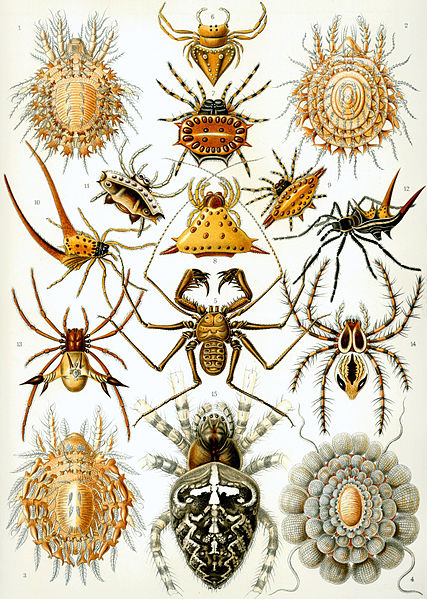
Category: Invertebrates

The Arachnid class is comprised of over 100,000 described species and includes such familiar organisms as spiders, scorpions, harvestmen, ticks, and mites All arachnids have eight legs, though the front pair of legs is sometimes reduced and converted to sensory apparatus. They never have antennae or wings. Almost all arachnids are terrestrial as well as carnivorous. Arachnids feed by secreting digestive juices onto their dead and/or immobilized prey, which turns their prey into a broth of nutrients that can then be sucked up into their mouth and stomach.

The world’s first Animals
Invertebrates were the first animals to evolve. While their soft bodies left precious few records behind, there are fossils of sponge-like animals that are 665 million years old, as well as traces of tracks and burros from worm-like animals going back 1 billion years. By comparison, the earliest birds appeared only 150 million years ago! And not only were invertebrates first, they are the most plentiful of animals - it is estimated that 97% of all animals living on the Earth today are invertebrates, with several groups containing more species than all vertebrates combined!
Learn more >>
 Discover Animals is a web-based educational resource offered by the NAIA
Discover Animals is a web-based educational resource offered by the NAIA